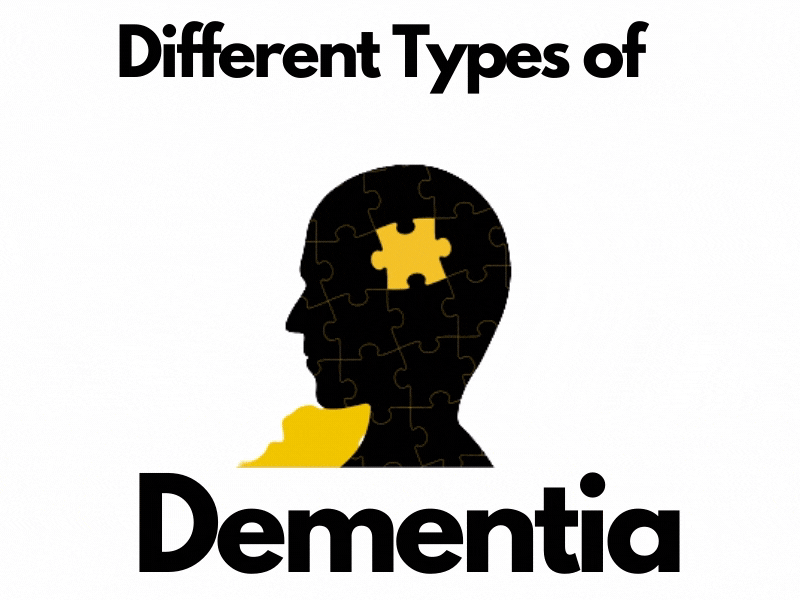There are many types of dementia, the most common of which is Alzheimer’s disease. Others include vascular dementia, Lewy body dementia, frontotemporal dementia, mixed dementia, young onset dementia, limbic-predominant age-related TDP-43 encephalopathy, Parkinson’s disease dementia, Korsakoff syndrome, Creutzfeldt-Jakob disease, normal pressure hydrocephalus, and Huntington’s disease. Many of these types double as causes of dementia, with overlapping signs and symptoms.
Alzheimer’s disease accounts for 60% to 80% of all dementia cases. It’s a progressive disorder and is believed to be caused by an abnormal build-up of proteins in and around brain cells. Amyloid is one of the proteins that form plaques, while tau is another protein that forms neurofibrillary tangles. The degree of impairment as well as the life expectancy of those with Alzheimer’s disease varies from one sufferer to the next. Generally speaking, the early stage includes mild memory loss while the late stage includes the inability to carry on conversations and respond appropriately to environments. As for life expectancy after diagnosis, the average is between 3 and 11 years.
Vascular dementia is the second most common type of dementia, after Alzheimer’s disease. It is characterized by a reduction or blockage of blood flow to various regions of the brain, resulting in oxygen and nutrient deprivation. The onset of vascular dementia is often linked to a major stroke or multiple minor strokes, symptoms of which may include loss of speech and paralysis. Within the category of vascular dementia, there are two common subtypes, namely subcortical dementia and cerebral amyloid angiopathy. The former is caused by stiff and twisted small vessels in the brain, while the latter is caused by an amyloid buildup in the brain’s blood vessels.
Lewy body dementia, otherwise known as dementia with Lewy bodies, is the third most common type of dementia, after Alzheimer’s disease and vascular dementia. This type is progressive in nature and accounts for 5% to 10% of cases. There are many similarities between Lewy body dementia and Parkinson’s disease, seeing as Lewy bodies are also found in Parkinson’s disease. The difference between Lewy body dementia and Parkinson’s disease dementia is that the former refers to Lewy bodies in the part of the brain that affects thinking, while the latter refers to Lewy bodies in the part of the brain that affects movement.
Young-onset dementia, otherwise known as early-onset dementia, is a type of dementia that’s reserved for sufferers who experience an onset of symptoms before the age of 65. Young-onset dementia accounts for approximately 2% to 8% of cases and can affect individuals in their 30s, 40s, and 50s. The challenges and consequences of this type of dementia are usually greater than other types since sufferers are still at an age where they may be working full-time, have children and/or parents that they need to care for, and have various financial commitments that they need to pay off, such as student loans and mortgages.
Mixed dementia refers to cases in which the sufferer exhibits more than one type of dementia. This is possible since not all types of dementia share the same or even similar causes. Individuals who are diagnosed with mixed dementia have signs and symptoms of two or more types of dementia, the most common two being Alzheimer’s disease and vascular dementia. Given the nature of mixed dementia, this type of dementia is often very difficult to diagnose.

